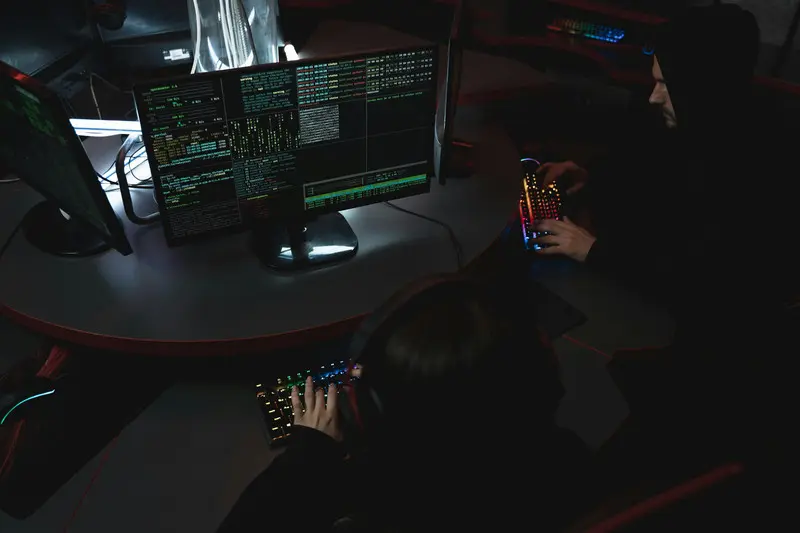- cross-posted to:
- [email protected]
- cross-posted to:
- [email protected]
Cross-posted from: https://feddit.de/post/10019763
In 2020, Revisor, a neural network-based election-monitoring software Revisor, analysed footage recorded at 1,238 polling stations in 29 Russian regions on polling day in 2018 in an attempt to retroactively uncover the electoral fraud widely believed to have taken place. Indeed, after counting votes and comparing them with the official turnout, the software found discrepancies in 11 regions so huge that it made it impossible for the election result to have been accurate, according to another Revisor creator, Vlad Matveyev.
“How can Putin be considered to have won if we don’t know how entire regions voted?” says Ivan Shukshin, one of Revisor’s creators.
LOL. The first clue is the word ‘Russian’.
No need to go any further.
There was no need for an AI. There were multiple mathematicians, most prominent of them being Sergey Shpilkin, that highlighted multiple significant statistical abnormalities that strongly suggest (read ‘strongly’ as ‘most definitely’) Russian elections were rigged partially or in full as far as 2007. It’s not like Navalny and others gathered almost a million of protesters on the streets of Moscow in autumn of 2011 over nothing.
(Look up “Sergey Shpilkin russian elections” if you want to know more)
Indeed.
But after reading the article, it feels to me like the “EU Observer” just wanted to insert “AI” as a buzzword. They used volunteers to count voters at polling stations. The “AI” likely was just vanilla security camera software that counted unique individuals appearing in a rectangle in the video frames.
Anyway, good for them, now there’s hard evidence in addition to statistical analysis.
AI looks at hundreds or thousands of factors or “vectors” along which to relate even just two pieces of information - ChatGPT for example looks at 1,536 of these vectors.
Which is 1,535 more than needed to figure this one out.
@voracitude @0x815
GPT is very good.
Just look at the letters that US politicians send to constituents.
How can they tell from the polling station results? Can you visually see what other person is voting just by looking at a video feed?
The article says they used volunteers and AI to count the number of people who voted from video feeds:
after counting votes and comparing them with the official turnout, the software found discrepancies in 11 regions so huge that it made it impossible for the election result to have been accurate
based on volunteer analysis of video footage from 233 polling stations in 17 regions revealed a discrepancy in turnout equivalent to 81,731 voters. Based on election statistics, analyst Sergey Shpilkin estimated that 10 million additional votes had found their way into ballot boxes nationwide.
So they have strong evidence for around 10 million forged votes, but not which party they were cast for. Then again, when you consider that all political parties except Putin’s come in below 10 million votes, the selection of who might have benefited from it becomes rather small :)




